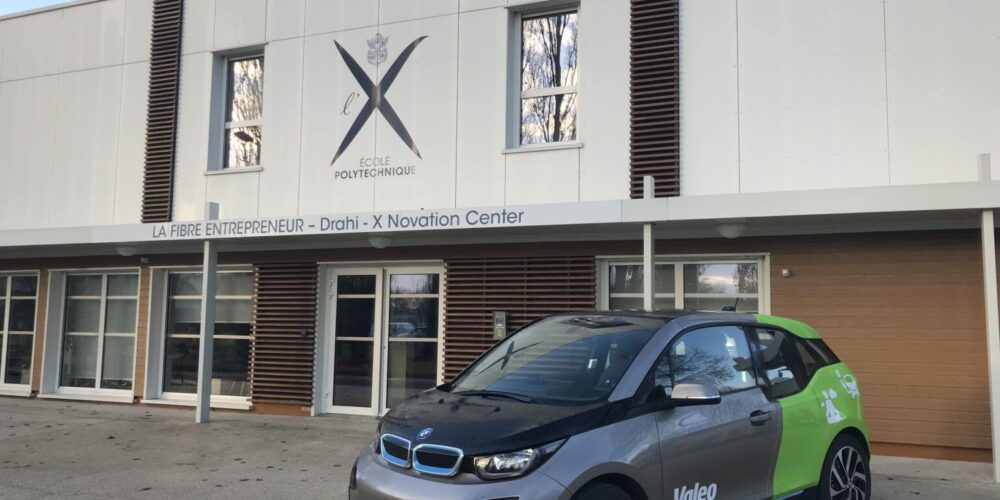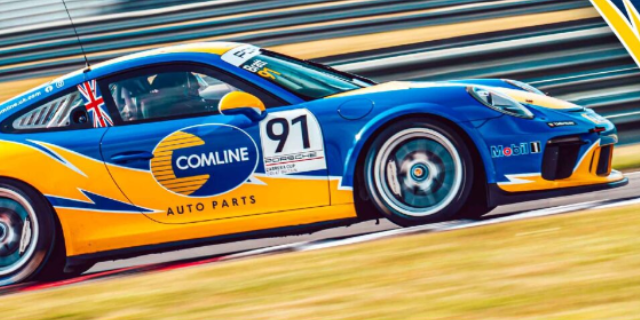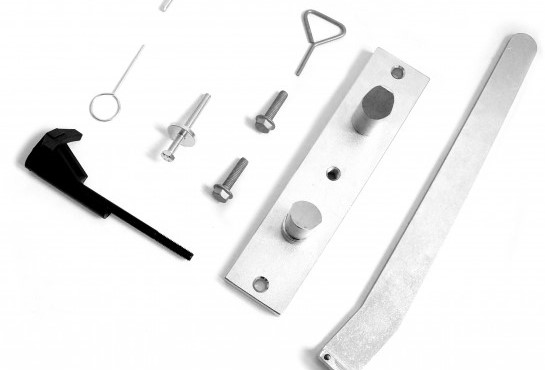3D printing in the automotive industry
The advancement of information technology has opened many doors in manufacturing technology. Perhaps many people did not think that additive manufacturing could even be an integral part of the methods used for mass-produced car parts even in the vehicle industry.
Deplorable beginnings
In the beginning 3D printing was not treated as a real alternative by the factories, and they incorrectly referred to all of its types as rapid prototyping. There is no doubt that when 3d printing took off, it was dealing with a relatively large number of childhood illnesses. It was slow, expensive, and the quality of the end result was questionable in most of the cases.
So the completed pieces were treated as demonstrative examples, as show elements, and exhibition pieces.
The essence of additive manufacturing
However, many areas and companies saw fantasy in the idea, because the technology has one undeniable advantage: it is based on additive manufacturing.
This essentially means that zero or only minimal waste is generated from the raw material during production.
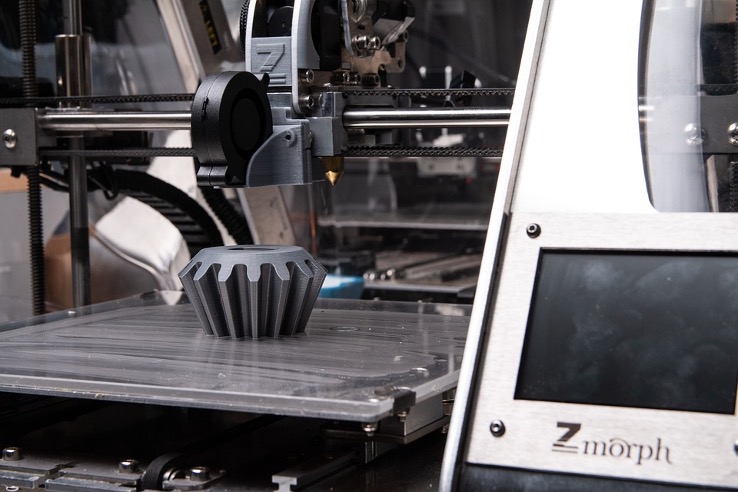
3d printing (source: pixabay.com)
During “classic” production, if we turn or mill a part, we waste a lot of material what we cannot reuse in many cases.
Since too many market participants were interested in this, the technology could continue to develop. Today, the systems are able to produce much faster, even more accurate and high-quality final goods even serially.
Road to the automotive industry
As 3D printers become cheaper, faster and more accurate, more and more industries are finding applications for them. With the development of the above-mentioned features, it could be assumed that vehicles would also join to the portfolio.
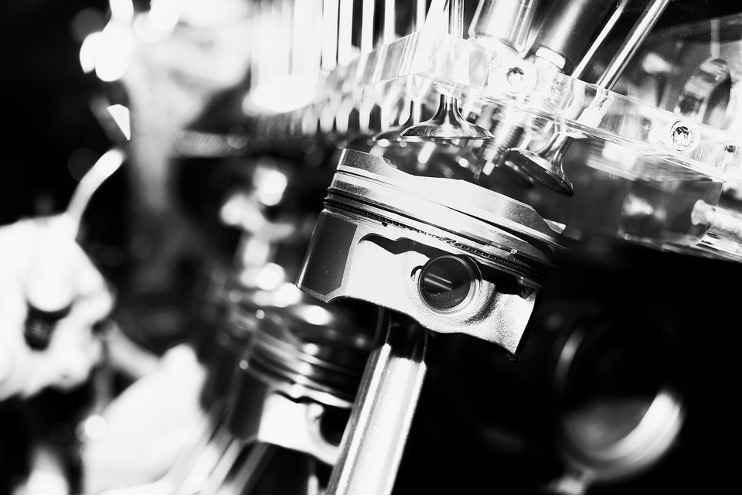
Today it is also possible to 3d print a piston (source: pixabay.com)
In the automotive industry over the past few decades, 3D printing has been used by automakers to create automotive prototypes to verify their form and fit. The first technology for building blocks was selective laser sintering or binder jetting. This allowed car manufacturers to create aesthetic parts, but they were weak and did not have long lifetime.
Levels of additive manufacturing in the automotive industry
Communication and conception:
Highly detailed and accurate 3D printed models are very often used in the automotive industry to present new vehicle designs and concepts. The reason is simple – using CAD models alone is not efficient enough to identify potential design problems. Such models are also used for aerodynamic testing of new models.
Prototype validation:
As in many other industries, prototyping is a very important part of the manufacturing process in the automotive industry. 3D printing enables rapid prototyping in the pre-production phase. Using AM today is one of the most popular ways to validate a prototype – from a small, quickly printed detail to a highly detailed, full-scale part suitable for performance verification and testing.
Pre-production sampling and tooling:
3D hubs experts consider this application to be the most promising. With the help of 3D printing, the rapid production of molds and thermoforming tools, handles and fasteners can be realized. This allows automakers to create samples and tooling at low cost and eliminate future production losses by investing in high-cost tooling.
Customized, unique parts:
Additive manufacturing is used by automotive companies to tailor parts to specific vehicles (making them unique and lightweight) or even for drivers and pilots (for example, racing car seats). This is especially useful when the cost of such custom parts is justified by a significant improvement in vehicle/driver performance.
Advantages of 3d printing
Printing solutions for the automotive industry provide benefits that can be easily evaluated based on performance characteristics. As we mentioned before, 3D printing can now replace expensive and long lead time CNC manufacturing.
3D printed plastic parts are cheaper and the in-house production time is shorter. And this means a reduction in production costs, especially in case of the production of complex bodies.
In-house 3D prototyping can also help control intellectual property (IP) infringement or information leakage, as everything is produced on-site.

Block model during printing (source: pixabay.com)
3D prototyping can significantly reduce lead times at all stages of production, enabling greater agility. Unlike traditional approaches to vehicle design (this applies to both cars and trucks) where a variety of materials are used, 3D printing in automotive design allows for lower material usage and waste, which benefits all stages of production.
3D printer-assisted design in the automotive industry allows designers to try multiple versions of the same detailing and iteration during the development phase of new models.
It provides greater flexibility, resulting in efficient design and design flexibility throughout the model evaluation process. And this helps car manufacturers stay up to date with market demands and stay competitive.
Softwares
3D printing enables more efficient car model design, prototyping, testing and manufacturing using industrial 3D printing software. This software allows designers to create printable designs, which are the first crucial steps in creating 3D printed car parts and the core of the printing process.
To use all the capabilities of a 3D printer, you must have 3D printer control software and 3D editors that allow the equipment to perform specific tasks. All software must meet certain standards, that is, it has to „manage” the various formats of required data input.
3D printing software typically uses:
- STL language (triangles are used to describe the surface of the set model)
- X3D language (counting starts from the preset profile, based on the XML standard)
- VRML standard (based on triangles without common points)
Most common software on the market:
- Netfabb, Project Dreamcatcher (Autodesk)
- Materialize
- Stratasys
- SolidWorks (Dassault Systems)
- SolidEdge, NX (Siemens)
- Creo (PTC)

